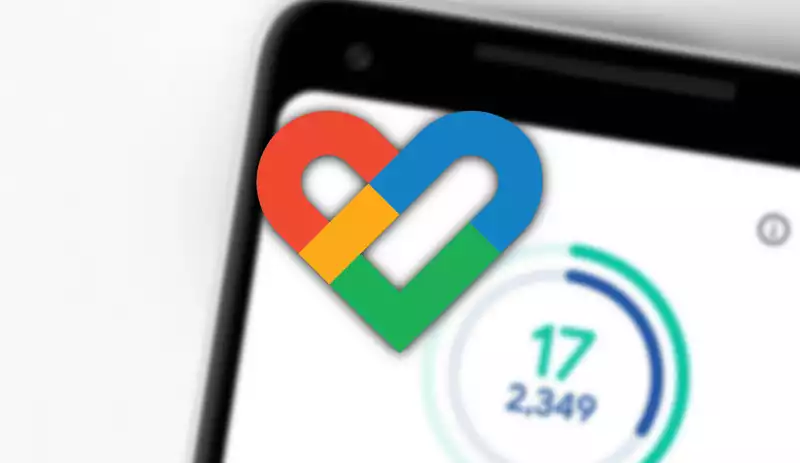You can also be interested in these:
- Which VPN is the best for android phones in 2022?
- In depth review of the TicWatch Pro 3 Ultra
- Xiaomi TV stick 4K full product review
- How to emulate Android on your PC?
Google announced a number of new features for its Google Fit app. Starting next month, the company’s health and sports app will allow the mobile camera to be used directly to track the heart and respiratory rate. Functions that until now required special sensors, a smartwatch or similar devices.

The new set of functionality is set to be released to the public next month, according to Google. We’ll see it first appearance on Pixel phones, which will get the update in the upcoming weeks. Later these Google Fit features will also be extended to other devices with Android version 6 or a higher. Of course, there is no confirmed date for this, other than “in the coming months”.
With these two new features it will be possible to obtain useful data without having to have an extra device. Currently smart watches, a few smart bracelets or specialized medical devices are normally used for measuring heart or respiratory rate. Now with this new Google Fit implementation it will be more broadly and commonly used for the casual fitness user. This might have a significative impact in the overall improvement of the App user’s health.
Leveraging AI to obtain accurate measures
All that Google needs to collect this data is a series of mobile sensors and software algorithms. The smartphone camera is responsible for collecting the data and an AI then processes it to compile the user’s heart and respiratory rate.
To take the heart rate with the mobile, the user has to focus the camera on the fingertip. The camera detects the heartbeat through photoplethysmography. Here minor changes in the optical color of the blood let us know the changes in the blood volume. Google says that the margin of error here is 2%.
Regarding the respiratory rate, the user has to hold the front camera focusing on his head and chest, pretty much like taking a selfie. From there, the camera records the rise and fall of the chest for 30 seconds. According to Google, the margin of error is one breath per minute.
Can we trust these new methods?
We have to keep in mind that it is not a certified medical device. Google indicates these characteristics are used as well-being tracker, instead of a source of medical advice. It does not offer additional information on what to do depending on the data obtained and by no means it compares it with the one a physician can offer.
Nevertheless, this set of features can be extremely useful for those seeking to take their heart or respiratory rates sporadically. For more advanced users, it may be more interesting to directly obtain a dedicated device to do the job, such as a smartwatch, in order to have a continuous and automatic monitoring.
More stories like this
- Which VPN is the best for android phones in 2022?
- In depth review of the TicWatch Pro 3 Ultra
- Xiaomi TV stick 4K full product review
- How to emulate Android on your PC?
- How to Install an APK on Bluestacks
- Google gave us a peek into the new Android 12 release